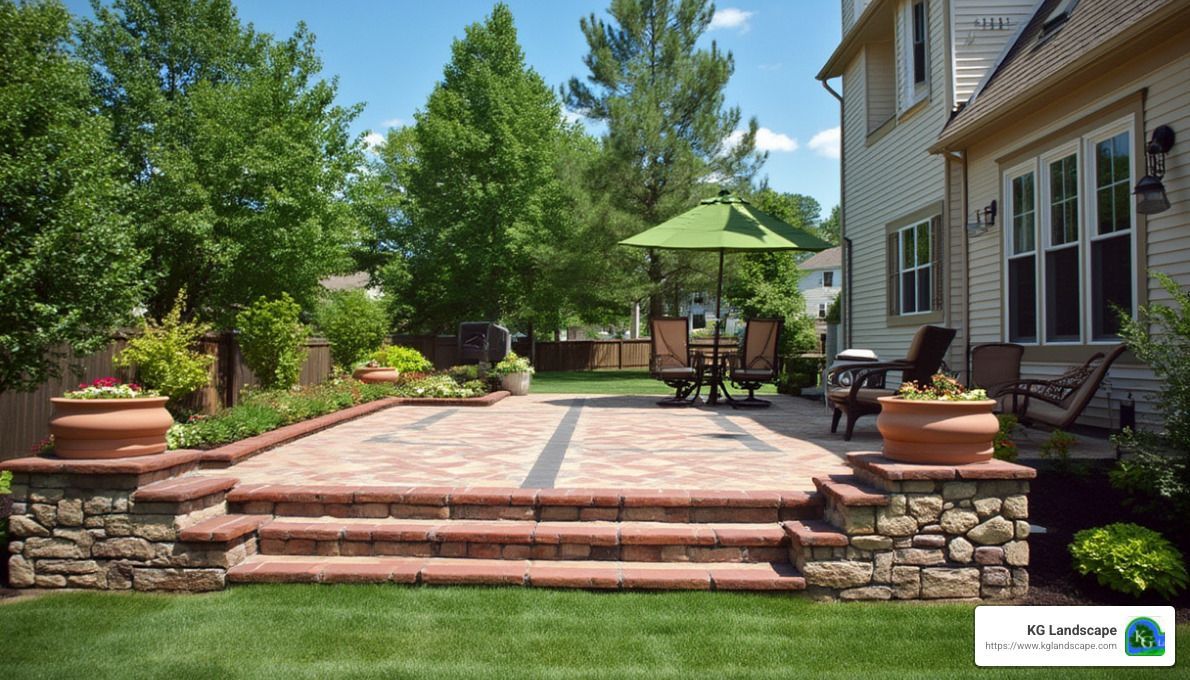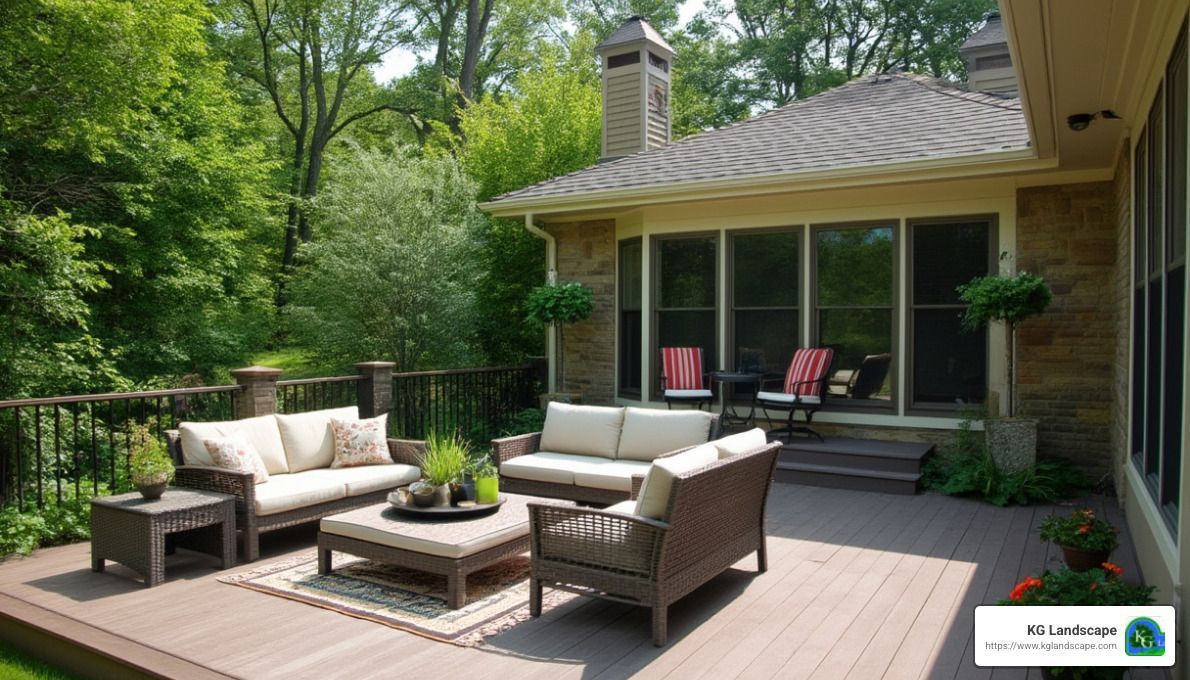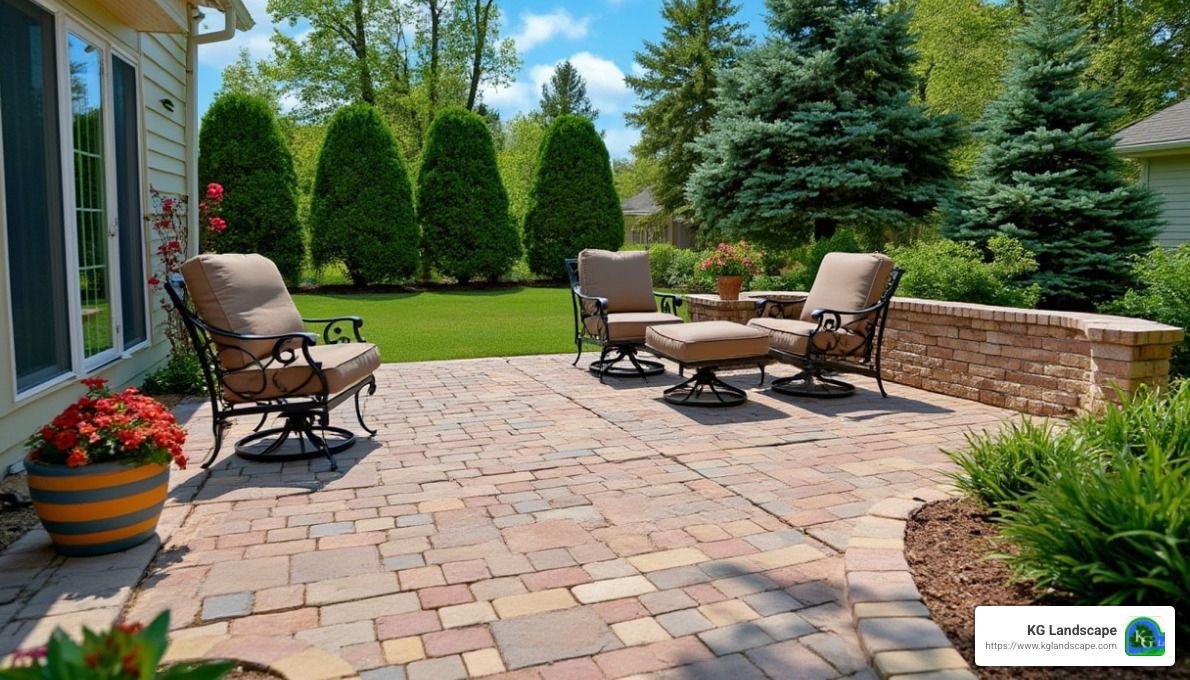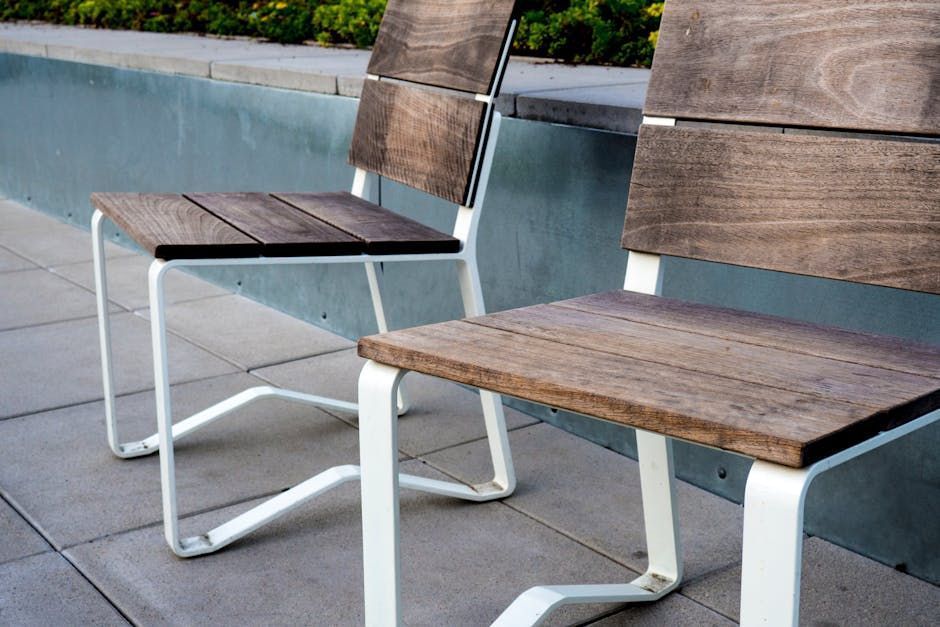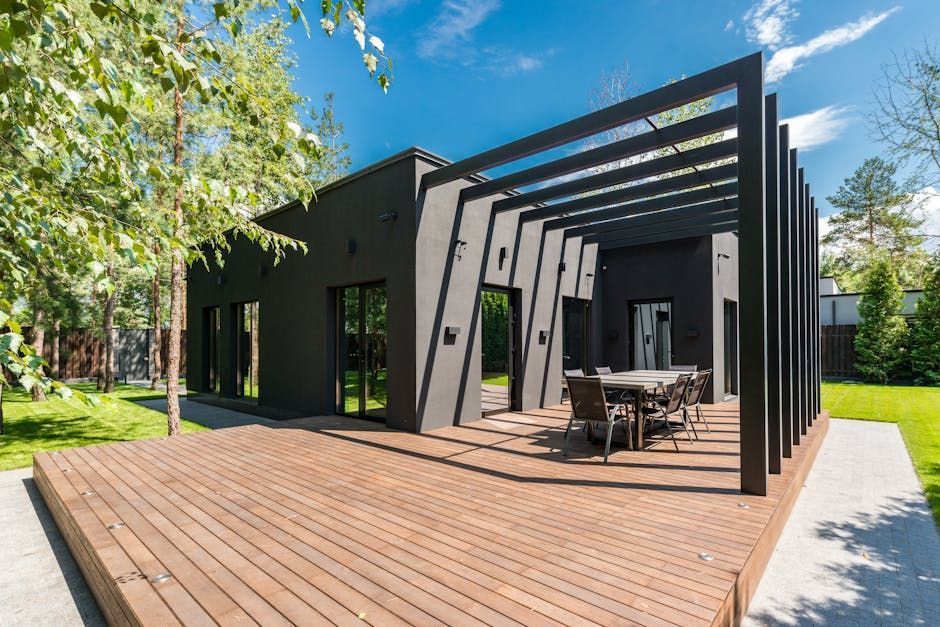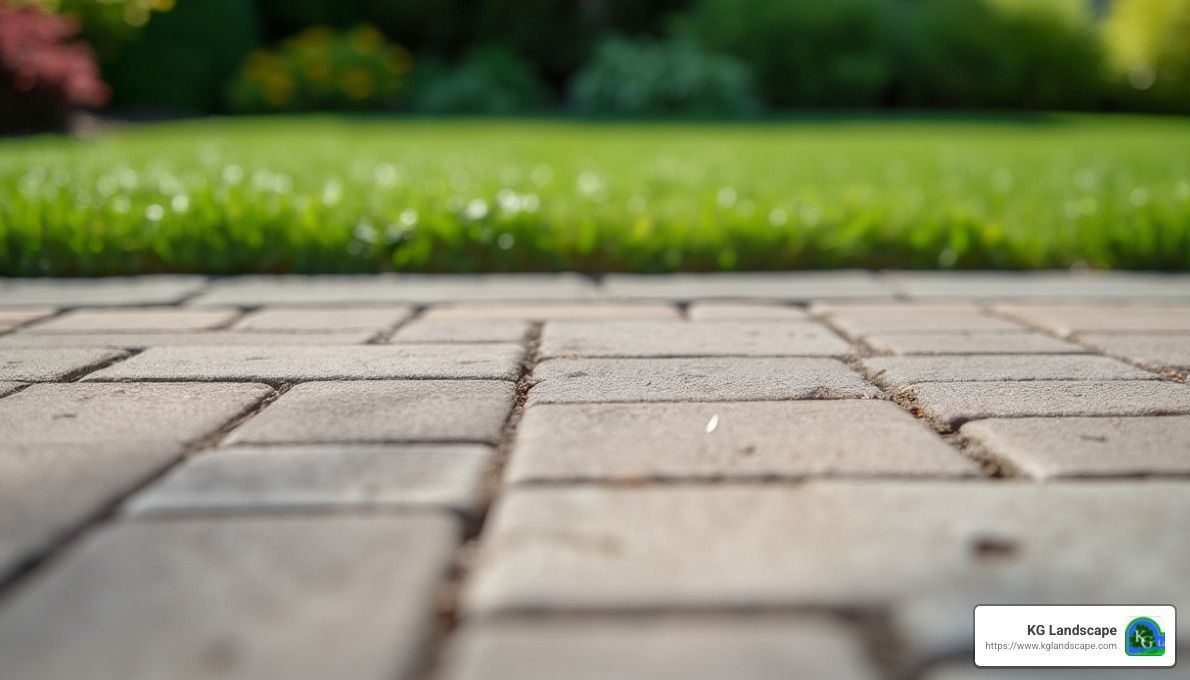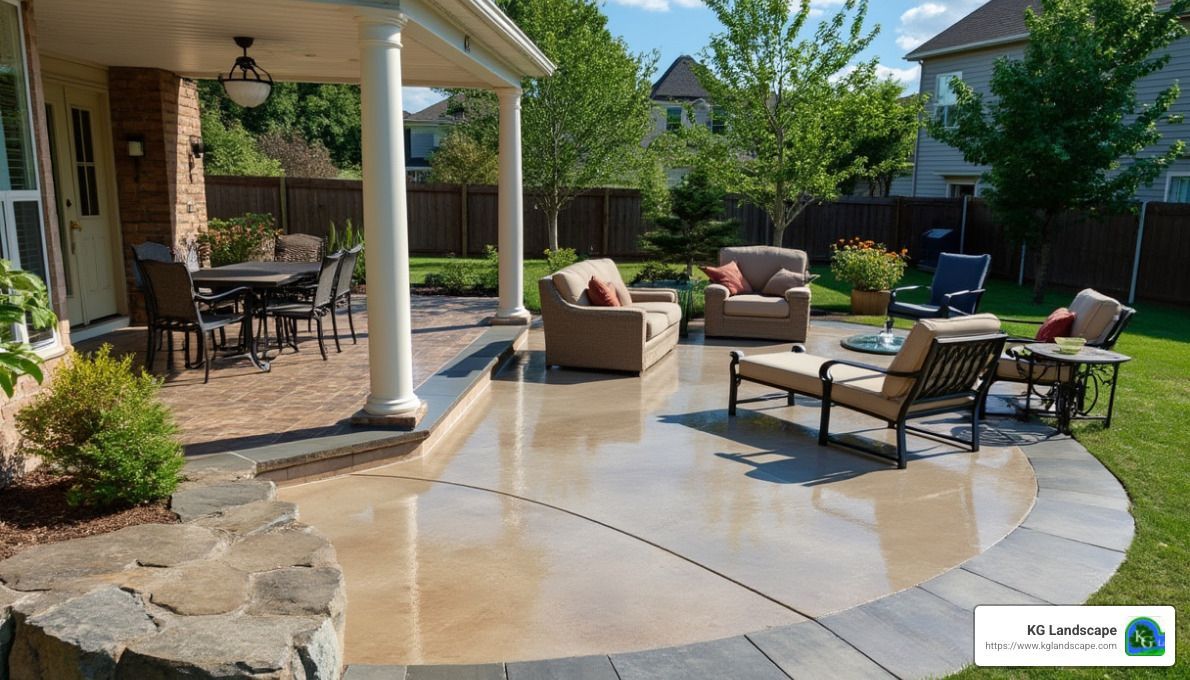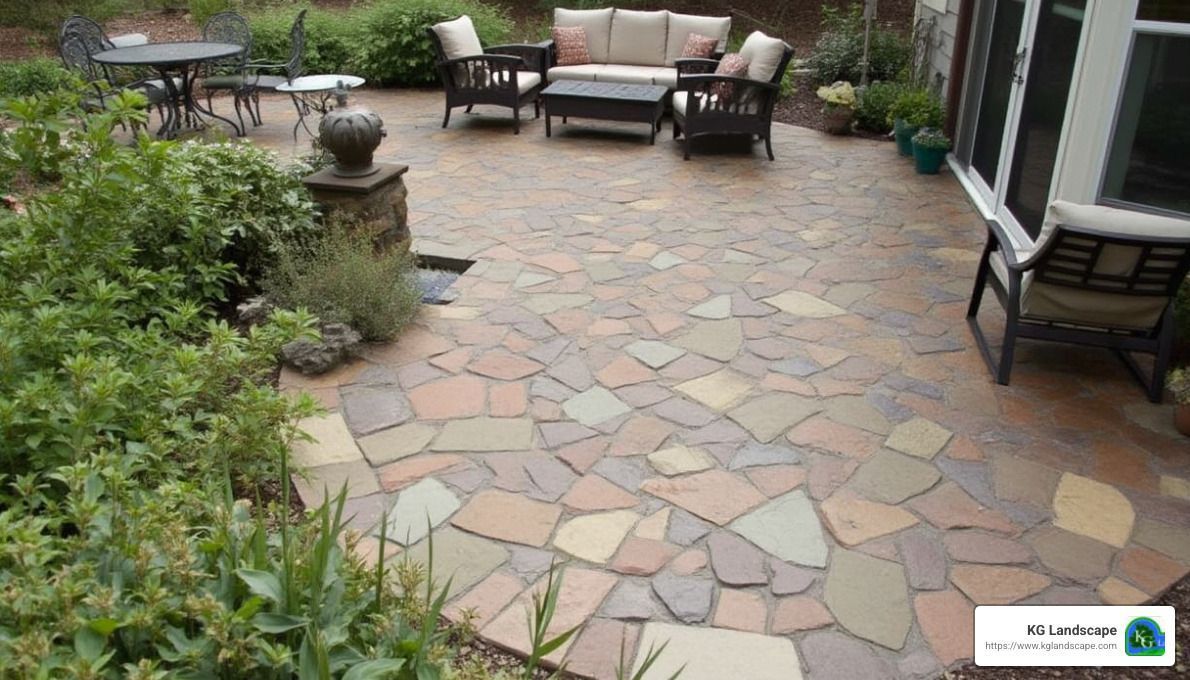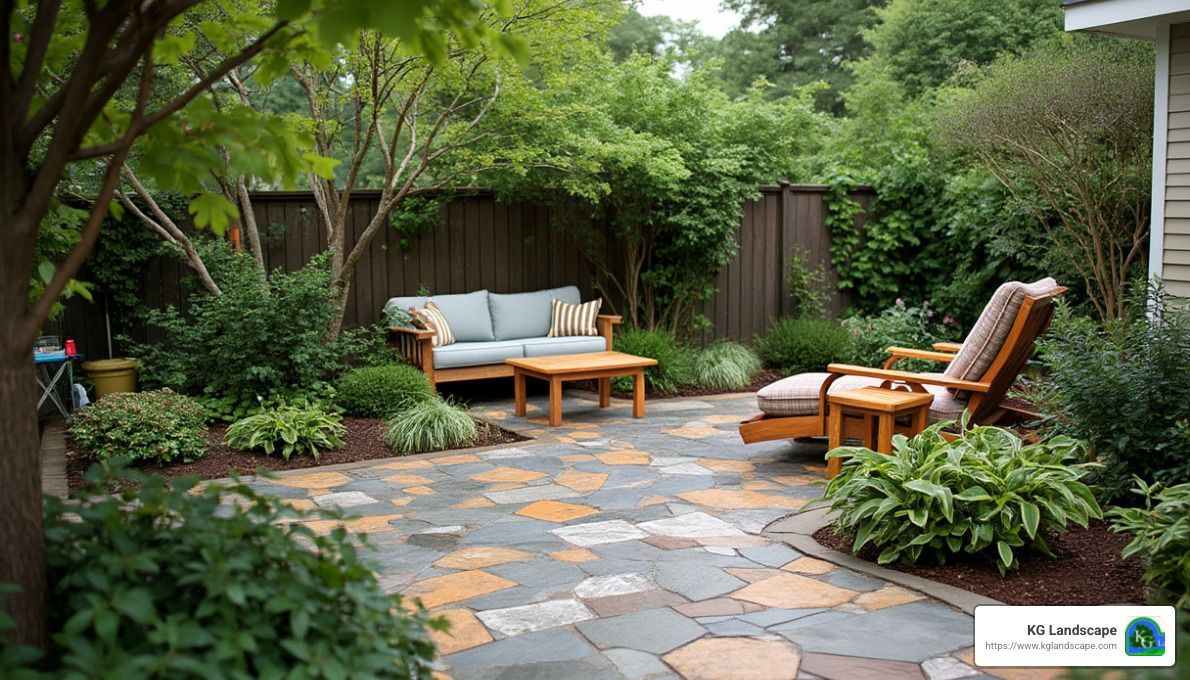Shrubs and Trees Ideal for an Incline
Gardening and landscaping are always challenging and often back-breaking tasks for property owners. Throw a steep incline into the mix, and you have the perfect recipe for a complicated landscape design process
for your property. Planting trees and shrubs on a slope is crucial to maintaining the stability of your property’s hills and other inclined areas. Homeowners must plan to plant the best tree and shrub species for a slope as an added protection measure.
Sloped areas on residential properties have the potential to erode, dry out, and cause further problems down the line. Luckily, there are plenty of plant species that help avoid these issues and add beauty and stability to your home’s hillside. Finding the right trees and shrubs to plant on a slope isn’t easy, but with an experienced landscape designer at your aid, you can find outstanding solutions that suit your local environment. Protect your property and add to its aesthetic appeal by planting attractive shrubs and trees in sloping areas.
Planning the Perfect Landscape Design for a Sloped Property
Trees and shrubs can take your landscape design to the next level. Not only will the right trees and shrubs thrive in your yard, but they’ll also protect from potential problems like erosion, mudslides, and drainage issues. If your yard is situated on an incline, take time to understand the best course of action for your landscape concerning the local climate and your property’s needs. With adequate planning, you’ll have a beautiful, sloping backyard landscape in no time.
1. Measure the Incline
The first step in planning an ideal landscape design for an incline is to evaluate and measure the sloping area. Minor grades are easier to deal with, but if your property’s pitch is greater than 30%, it’s probably best to consult with a landscape designer to determine if terracing is a better outdoor drainage solution
for your yard. Terraced landscapes that utilize pavers allow rainwater to drain more efficiently away from your home in a controlled manner.
2. Determine Your Needs
Next, you must determine your property’s needs. The types of trees and shrubs you choose to plant offer much more than just visual appeal. Trees and shrubs with deep and extensive root systems help stabilize the soil, while taller trees help shade sloping areas and enable them to retain moisture.
If the slope in your yard is situated directly in the sun, the ground, grass, plants, and other elements will quickly dry out. Since trees and plants already pull water from the soil, retaining as much moisture as possible should be a priority. Eliminating excess water evaporation is essential if you want to avoid dry, dead grasses affecting your landscape design.
3. Understand Plant Hardiness Zones
Trees and shrubs seem like incredibly sturdy, durable outdoor features, so it’s easy to believe that any tree or shrub species can simply be plopped down onto a property with little planning. While it’s true that shrubs and trees often withstand the test of time, there are still specific conditions required for them to truly flourish.
Plant hardiness is a species’ ability to survive in adverse growing conditions. The hardiness of trees and shrubs is assessed by the plant’s ability to tolerate impacts such as:
Most Midwestern states fall into plant hardiness zones 4 and 5. Trees in these zones are typically hardy and will withstand frigid winter weather. Plant hardiness zones differ across climates, so it’s crucial to consider your area’s conditions before deciding on trees and shrubs to plant. Do extensive research and use online tools, like the U.S. Department of Agriculture’s interactive plant hardiness zone map
, to determine the trees and shrubs that will most likely flourish in your local environment.
The Best Trees and Shrubs to Plant on an Incline
There are several types of trees and shrubs that are the perfect choice of planting for a sloping property. For this article, we are focusing on tree and shrub species specifically for Minnesota and the Midwest. Finding the perfect plant species according to your locale makes your yard look beautiful and stay structurally sound throughout the seasons.
Shade Trees
Shade trees are an attractive addition to any incline but are especially beneficial to those slopes that are in direct sunlight. The sun’s intense rays can dry out a hillside and lead to unsightly dead grass growth. Plus, dry soil is susceptible to mud and dirt slides during flash flooding, so it’s crucial to plant sturdy trees for safety. Some shade trees that are accustomed to the Midwestern climate include:
Shade trees are an excellent way to keep your backyard cool and comfortable in the summer months. Additionally, it provides improved safety for your property, saving you from inevitable disaster in the event of a severe storm.
Erosion Control
As stated earlier, trees and shrubs can have a significant impact on your property’s safety. Trees and shrubs that are ideal for slopes will have extensive root networks to assist in erosion control. Hillsides most often exposed to wind, rain, and other weathering elements will experience increased erosion levels. Exposed rocks and roots both indicate erosion on an incline.
Use trees and shrubs to stop erosion and avoid dirt slides and other dangerous occurrences from impacting your home. Look for the following species of trees and shrubs for plant hardiness zones 4 and 5 to improve erosion control:
Ornamental Trees and Shrubs
Last but not least, you probably want your landscaping to look good. Use ornamental plant varieties to add visual appeal to the landscape design. Some ornamental trees and shrubs that work best in the Midwest include:
You can find the right nursery tree
to help elevate your outdoor landscaping. Ornamental trees and shrubs are an excellent way to add a pop of color and maybe even a bit of fruit to your backyard.
Conclusion
Designing a landscape is never easy, and adding an incline into the mix makes for even more challenges. If you’re feeling overwhelmed at the thought of tackling your landscape design alone, contact the experts at KG Landscape. Professional landscape designers can help ease all the stress of the landscape design process, providing you with a beautiful result that you will enjoy for years to come.
The post Shrubs and Trees Ideal for an Incline
appeared first on KG Landscape Management.

